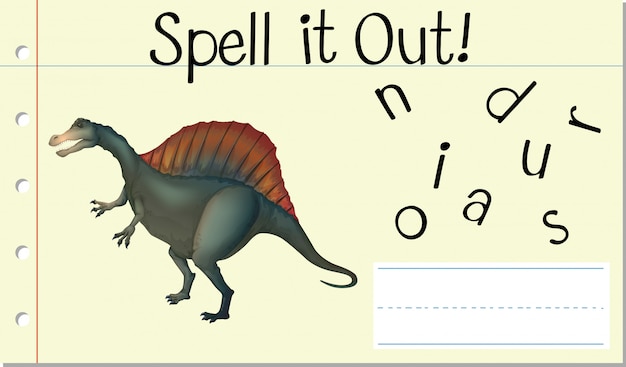Discovering Fascinating Fun Facts About Dinosaurs

Dinosaurs ruled the Earth for over 160 million years.
The biggest dinosaur ever discovered was the Argentinosaurus, which measured around 100 feet long.
The smallest dinosaur was the Microraptor, which was only about the size of a crow.
Some dinosaurs had feathers, just like modern birds.
Tyrannosaurus Rex had a bite force of over 12,800 pounds, which is stronger than any recorded today.
The word dinosaur comes from the Greek words deinos, meaning terrible, and sauros, meaning lizard.
The Stegosaurus had spikes on its tail that could reach up to 3 feet long.
Dinosaurs are divided into two groups: Saurischia, which includes the theropods and sauropodomorphs, and Ornithischia, which includes the herbivorous dinosaurs.
Some dinosaurs, like the Brachiosaurus, had a neck so long that they could reach treetops over 30 feet high.
The T-Rex’s arms were so short that they were pretty much useless.
Triceratops had the most horns of any dinosaur, with three on its face and two longer ones above its eyes.
The Ankylosaurus had a club-like tail that it could use as a weapon.
The Spinosaurus had a sail-like structure on its back, possibly used for temperature regulation or mating displays.
Some dinosaurs, like the Parasaurolophus, had crests on their heads that were hollow and may have been used to make sounds.
The dinosaur with the longest name is the Micropachycephalosaurus, which means tiny thick-headed lizard.
Discovering Fascinating Fun Facts About Dinosaurs part 2
The first dinosaur fossil was discovered in 1824 in England.
Dinosaurs are believed to be ancestors of modern birds, as both share skeletal similarities and some dinosaurs had feathers.
The oldest dinosaur egg ever discovered dates back to over 190 million years ago.
Some herbivorous dinosaurs had specialized teeth for grinding tough plant material.
The Velociraptor was about the size of a turkey and was covered in feathers.
The Iguanodon was one of the first dinosaurs to be named and described.
The Triceratops had a skull that weighed around 6 tons, almost as much as an average-sized elephant.
The Brachiosaurus is one of the tallest dinosaurs, with its head reaching heights of up to 40 feet.
Scientists believe that some dinosaurs may have had complex social behaviors, similar to modern-day birds and mammals.
The stegosaurus had a brain the size of a walnut, relative to its body size.
Some dinosaurs, like the Therizinosaurus, had long claws on their hands that measured up to 3 feet long.
The Diplodocus had a whip-like tail that it could use to defend itself.
Some dinosaurs, like the Oviraptor, had toothless beaks similar to modern-day birds.
The Pterosaur is not actually a dinosaur but a flying reptile that lived during the same time period.
The Allosaurus had serrated teeth, similar to a steak knife, which allowed it to slice through meat more easily.
The Brontosaurus is often mistakenly referred to as Apatosaurus, as the incorrect name was used for a long time.
The Compsognathus is one of the smallest known dinosaurs, measuring only about 3 feet long.
The Baryonyx was a dinosaur that loved fish and had specialized teeth for catching slippery prey.
Some dinosaurs, like the Troodon, had a high brain-to-body ratio and were considered to be more intelligent than other dinosaurs.
The Carcharodontosaurus had teeth that were longer and more serrated than the T-Rex’s, making it one of the deadliest carnivorous dinosaurs.
The Spinosaurus is believed to be the largest carnivorous dinosaur, even larger than the T-Rex.
Some dinosaurs, like the Deinonychus, had sickle-shaped claws on their feet that they used to slash at their prey.
The Dilophosaurus is known for its double crests on its head, which may have been used for display purposes.
Dinosaurs lived on all continents, including Antarctica.
The Brachiosaurus had nostrils on top of its head, allowing it to breathe while partially submerged in water.
The Maiasaura is known for its nesting grounds, which are some of the best-preserved dinosaur nests ever discovered.
The Iguanodon was named after its teeth, which resemble modern-day iguana teeth.
Some dinosaur footprints have been preserved in ancient mud or volcanic ash, giving scientists clues about their behavior and movement.
The Pachycephalosaurus had one of the thickest skulls of any dinosaur, which it may have used for headbutting rivals or for attracting mates.
Dinosaurs went extinct around 65 million years ago, possibly due to a combination of volcanic activity and a large asteroid impact.